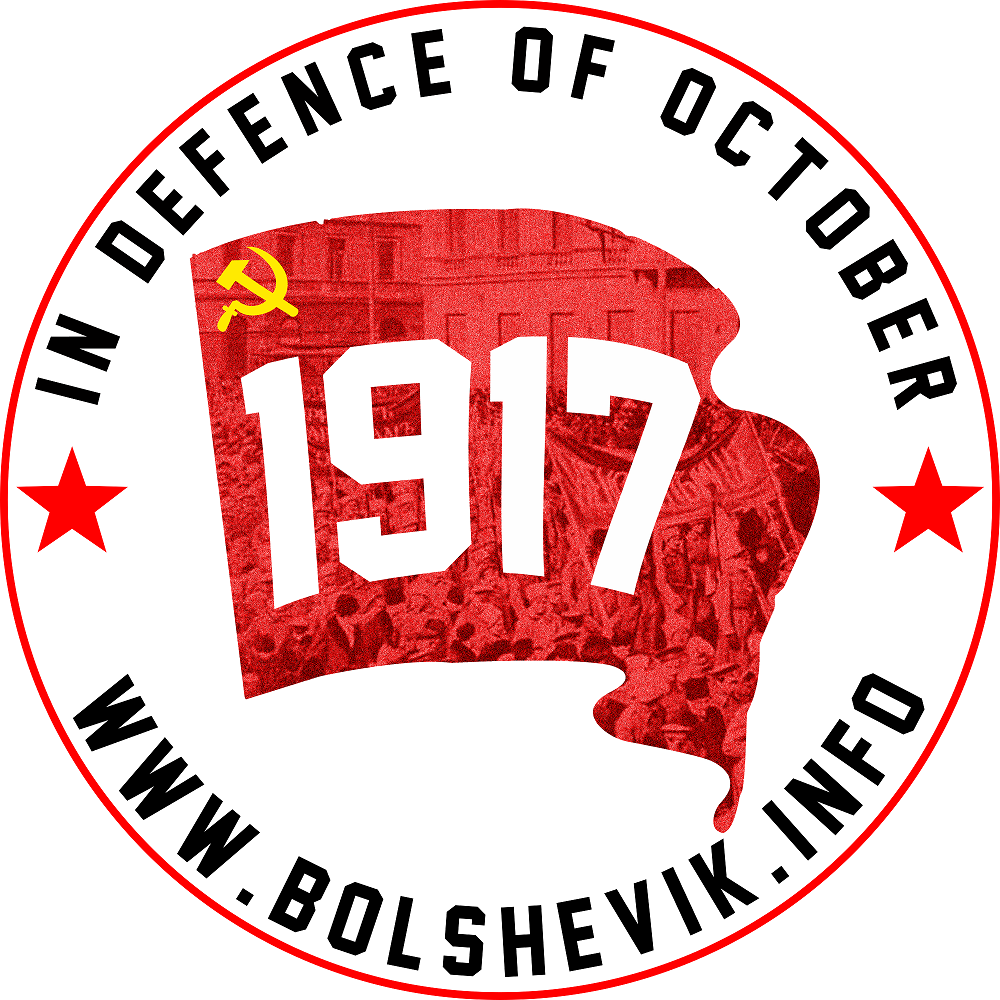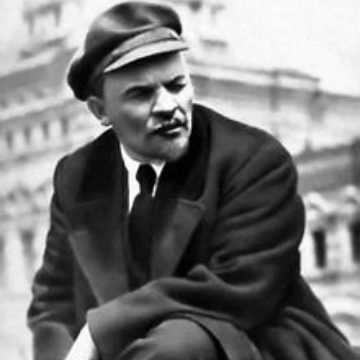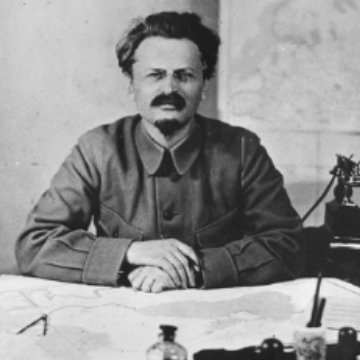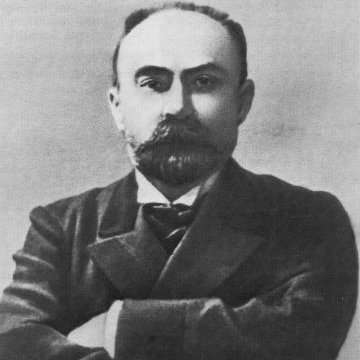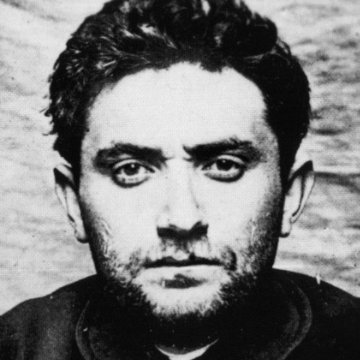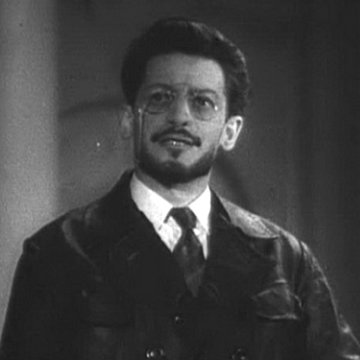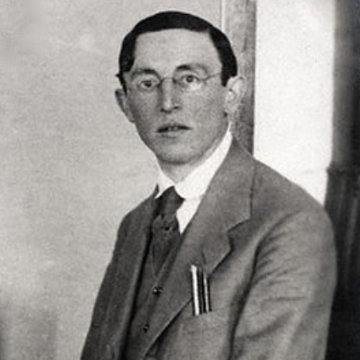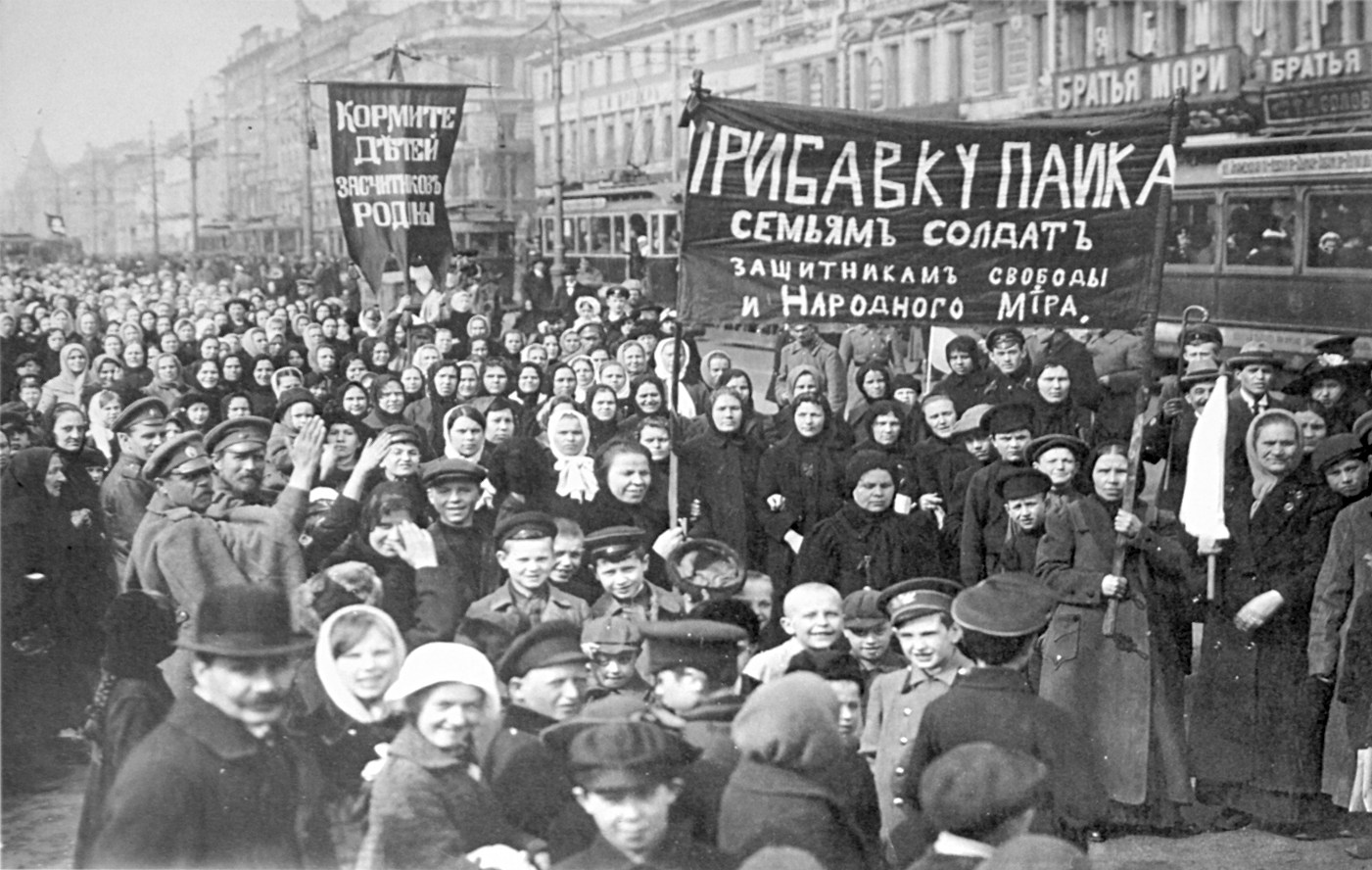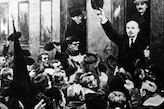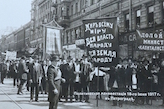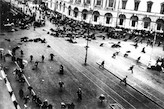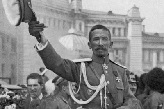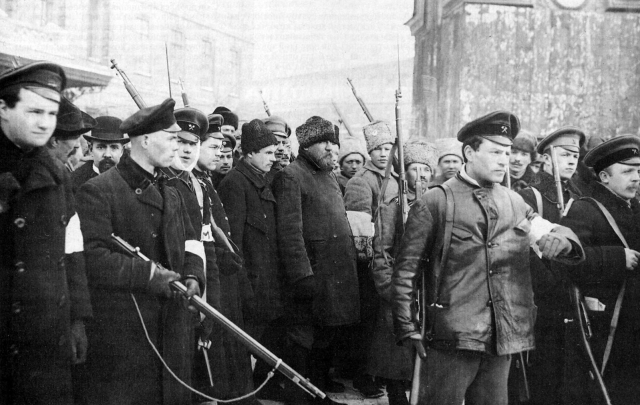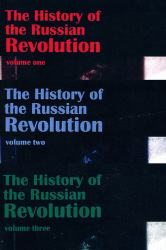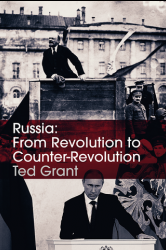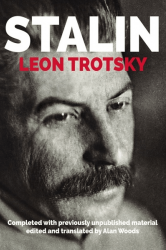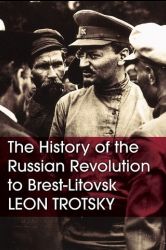"The fact is there: the Socialist-Revolutionaries and Mensheviks are the ruling party now. And this ruling party is voluntarily ceding power (the majority in the government) to the party of the Cavaignacs!!"
“When a real Cavaignac comes, we shall fight in the same ranks with you," we were told in No. 80 of Rabochaya Gazeta, organ of the very same Menshevik party whose member, Minister Tsereteli, in his notorious speech, went to such lengths as to threaten to disarm the Petrograd workers.
The above-quoted statement clearly brings out the fundamental errors of Russia’s two ruling parties, the Mensheviks and Socialist-Revolutionaries, and therefore deserves attention. The ministerial organ’s arguments mean that you are looking for Cavaignacs at the wrong time and in the wrong place.
Remember the class role played by Cavaignac. In February 1848 the French monarchy was overthrown. The bourgeois republicans came to power. Like our Cadets, they wanted “order”, by which they meant the restoration and strengthening of monarchic instruments for oppressing the masses: the police, the standing army and the privileged bureaucracy. Like our Cadets, they wanted to put an end to the revolution, for they hated the revolutionary workers with their “social” (i. e., socialist) aspirations, at that time very hazy. Like our Cadets, they were implacably hostile to the policy of extending the French Revolution to the rest of Europe, the policy of transforming it into a world proletarian revolution. Like our Cadets, they skilfully used the petty-bourgeois “socialism” of Louis Blanc by making him a Minister and so transforming him from leader of the socialist workers, which he had wanted to be, into an appendage, a hanger-on, of the bourgeoisie.
These were the class interests, the position and policy of the ruling class.
The petty bourgeoisie, vacillating, frightened by the red spectre, and falling for the outcries against the “anarchists”, were another basic social force. Dreamily and bombastically “socialist” in their aspirations, and readily calling themselves “socialist democrats” (even this term is now taken up by the Socialist-Revolutionaries and the Mensheviks!), the petty bourgeoisie were afraid to entrust themselves to the leadership of the revolutionary proletariat, and did not realise that fear condemned them to entrusting themselves to the bourgeoisie. For there can be no “middle” course in a society rent by bitter class struggle between the bourgeoisie and the proletariat, particularly when this struggle is inevitably aggravated by a revolution. And the whole essence of the class position and aspirations of the petty bourgeoisie is that they want the impossible, that they aspire to the impossible, i. e., to a “middle course”.
The third decisive class force was the proletariat, which aspired not to “reconcile itself” with the bourgeoisie, but to defeat them, to fearlessly promote the revolution, doing so, moreover, on an international scale.
That was the objective historical soil which brought forth Cavaignac. The vacillation of the petty bourgeoisie “debarred” them from an active role, and the French Cadet, General Cavaignac, taking advantage of the petty bourgeoisie’s fear of entrusting themselves to the proletariat, decided to disarm the Paris workers and shoot them down en masse.
The revolution ended in that historic shooting. The petty bourgeoisie, while numerically superior, had been and remained the politically impotent tail of the bourgeoisie, and three years later France saw the restoration of a particularly vile form of Caesarist monarchy.
Tsereteli’s historic speech on June 11, clearly inspired by the Cadet Cavaignacs (perhaps directly inspired by the bourgeois Ministers, or perhaps indirectly prompted by the bourgeois press and bourgeois public opinion—it does not matter which), was remarkable and historic in that Tsereteli let out, with inimitable naïveté, the “secret malady” of the entire petty bourgeoisie, both Socialist-Revolutionary and Menshevik. This ’secret malady” consists, first, in a complete inability to pursue an independent policy; secondly, in the fear to entrust themselves to the revolutionary proletariat and wholeheartedly support the independent policy of the latter; thirdly, in a drift—inevitably following from this—towards submitting to the Cadets or to the bourgeoisie in general (i.e., submitting to the Cavaignacs).
This is the heart of the matter. Tsereteli, Chernov and even Kerensky are not destined as individuals to play the role of Cavaignacs. There will be other people to do that, people who at the right moment will tell the Russian Louis Blancs: "Step aside." But the Tseretelis and Chernovs are leaders pursuing a petty-bourgeois policy that makes the appearance of Cavaignacs possible and necessary.
“When a real Cavaignac comes, we shall be with you"—an excellent promise, a splendid intention! Only, it is a pity that it reveals a misunderstanding of the class struggle, typical of the sentimental or timid petty bourgeoisie. For a Cavaignac is not an accident, his “advent” is not an isolated development. A Cavaignac represents a class (the counter-revolutionary bourgeoisie) and carries out the policies of that class. And it is that class and those policies that you Socialist-Revolutionary and Menshevik gentlemen support today. It is to that class and its policies that you, who at the moment admittedly command a majority in the country, give predominance in the government, i. e., an excellent basis on which to work.
Indeed, the All-Russia Peasant Congress was almost entirely dominated by the Socialist-Revolutionaries. At the All-Russia Congress of Workers’ and Soldiers’ Deputies, the Socialist-Revolutionary and Menshevik bloc had a vast majority. The same is true of the elections to the Petrograd district councils. The fact is there: the Socialist-Revolutionaries and Mensheviks are the ruling party now. And this ruling party is voluntarily ceding power (the majority in the government) to the party of the Cavaignacs!!
Wherever there’s a swamp there’s sure to be the devil. Once there is a shaky, vacillating petty bourgeoisie dreading the revolution’s progress, the Cavaignacs are sure to appear.
In Russia there are many things now that make our revolution different from the French Revolution of ’1848: the imperialist war, the proximity of more advanced countries (and not of more backward ones, as was the case of France at the time), an agrarian and a national movement. But all this may modify only the form in which the Cavaignacs come forward, the moment, the external causes, etc. It cannot change the essence of the matter, for the essence lies in the class relationships.
In words, Louis Blanc, too, was as far removed from Cavaignac as heaven is from earth. Louis Blanc, too, made countless promises “to fight in the same ranks" as the revolutionary workers against the bourgeois counter revolutionaries. Nevertheless, no Marxist historian, no socialist, would venture to doubt that it was the weakness, the instability, the credulity of the Louis Blancs with regard to the bourgeoisie that brought forth Cavaignac and assured his success.
The Russian Cavaignacs are inevitable products of the counter-revolutionary character of the Russian bourgeoisie led by the Cadets and of the instability, timidity and vacillation of the petty-bourgeois parties of the Socialist-Revolutionaries and the Mensheviks. Whether the Russian Cavaignacs will win or lose the battle depends solely on the staunchness, vigilance, and strength of Russia’s revolutionary workers.
Source: Marxist Internet Archive.

